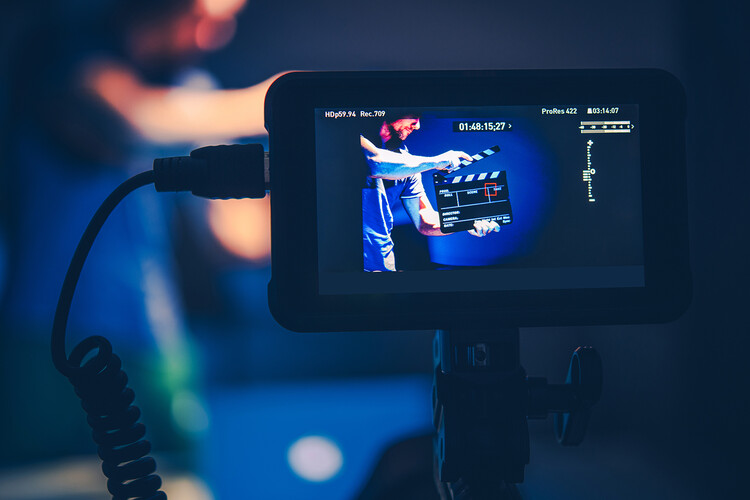eyeem-small.jpg

Synchronization rights – merging music and video
We at STIM offer a synchronization license for small video productions. Find out what synchronization means and how it works.
In short terms, synchronization happens when you merge video with music. An example is when you add a song to your video in the post-production phase, when filming live music on stage, or if you pick up background music when you record a film scene. When synchronization is a fact, the songwriter has the right to get paid. A synch license lets you use the music while the creator gets paid.
Who you should contact to clear these rights depends on the product type.
Who do I contact and when?
Rightsholder |
NCB |
STIM |
|
|
|
|
|
Read more: Ncb.dk |
Get a license in STIM’s digital shop: Stim.se/shop |
Get your synchronization license!
STIM’s licenses for music at work and music streaming: video cover the synchronization for the smaller video productions mentioned in the column “STIM” in the table above. If you have one of these already, you do not need a separate synch license. However, you must log in to My Pages and update your license information.
If you wish to add music to a video listed above, you can get a license in STIM’s online shop. A synch license costs a minimum of SEK 660 a year for one video.
Pricing and terms
Synchronizing video with musical works for smaller productions requires a synch license with STIM. The annual cost amounts to 10 percent of the license type that applies to the general usage of the video. However, the minimum annual fee is SEK 660 for every such production. You pay the license fee as long as you use the video production. The synch license is always part of a package with another STIM license. Please find out more about our prices via STIM’s web shop.
Limitations
The license does not apply to ads, large productions, or grand rights:
This license does not cover ads or other commercial purposes, theme songs, TV productions, drama series, feature films, short films, documentaries, or company presentations used in public. In these cases, you must sign a synch license with other parties. Contact STIM to receive information about the relevant music publisher or songwriter.
Recorded music:
If you use recorded music released by an artist, you have to sign a deal with the owner of the recording. Contact the owner of the master recording directly. In most cases, this means the record label. You may also contact Ifpi Sweden, they can tell you who owns the recording.
Only for the Swedish territory:
STIM’s licenses only cover the synchronization of video and music in smaller productions and only for usage in Sweden.